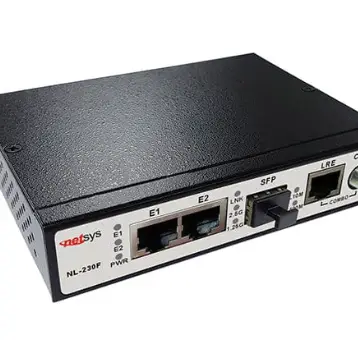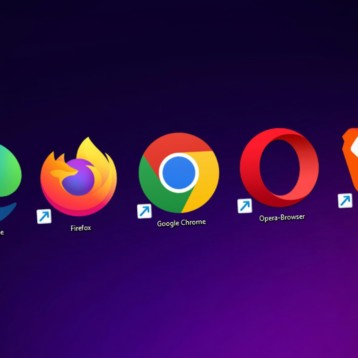
Whether you want to hone your writing skills, share your ideas with the world, supplement your income, or start a lucrative business, blogging is a great way to do it. You don’t need any experience or qualifications, but to establish a successful blog is far easier when you have the necessary know-how.
There are a number of powerful elements that can put your blog a cut above the rest. They can help you attract more visitors, establish an authority in your niche, build a loyal following and persuade readers to take action. So, if you’re starting a blog in 2020, be sure to consider the following 5 tips for success.
Name it Right
After deciding on a specific niche for your blog, you need to give it an appropriate name and an accompanying domain name. This is a big decision, as it’s not the type of thing you can really change moving forward. Your name of choice should be simple, short, memorable and representative of your identity or niche.
Ideally, you’ll want the domain to be a .com extension, as this is what most people find easiest to remember. Avoid using hyphens and numbers in the domain if possible, and be sure to check for copyright issues to avoid trouble later on.
Choose Wisely
Two more extremely important decisions are the website builder and hosting company you choose to establish your blog on. Most people settle on WordPress for the former. Its benefits include compatibility with countless plugins, reliable security, search engine friendliness, countless customization options, and community support. Additionally, if you gain enough knowledge on WordPress you can have another opportunity to for an income aside from your blog. But first, you need to understand, how to make money with WordPress.
As for hosting, you need to choose a provider that can ensure your website is fast, stable and secure. You don’t have to break the bank here; many starter plans are sufficient for getting small and medium-sized blogs off the ground. That said, it always pays to be wary of any offers that seem too good to be true.
Set the Theme
Unless you have extensive knowledge of web design, chances are you’ll be choosing a readymade template to determine the look of your blog. This is one area where you shouldn’t compromise quality for a “better deal.” Paid templates offer better support, are more unique and are less prone to experiencing issues.
Be sure to choose a theme that suits your niche. It should be simple, effective and user-friendly. You’ll likely want to tailor certain aspects to your liking, so look out for a theme that comes with more customization options. Don’t forget to ensure it features a responsive design and is search engine friendly.
Lay Out the Terms
The dullness of this section can make it tempting to skip, but having a terms and conditions page is highly beneficial to the wellbeing of your blog. It’s not required by law, but it’s a smart thing to include as it can limit your liability in the event of legal situations and protect the rights to your content.
Including a privacy policy also makes your blog appear more credible and gives readers a greater sense of trust. Fortunately, creating these pages is dead simple. There are numerous options for terms and conditions generators that do all the legwork for you, making it a breeze to get done with.
Put Quality Over Quantity
No matter how much time you put into perfecting the technical and design-related aspects of your blog, your efforts are to no avail if there isn’t any good content for people to read when they visit. The objective is simple: value. This can come in the form of answers to common questions, solutions to common problems or some kind of unique insight.
In any case, each piece of content should be created with quality in mind. Get to know your readers and take the time to find out what they want from your blog. Learn about your competitors and the content they’re posting. How can you differentiate yourself? Don’t forget to optimize your content for the best possible performance in search engines.
Once you have the basics covered, it mainly comes down to promoting your blog and facilitating consistent long-term growth. Eventually, you can start a newsletter, engage with your followers on social media, offer unique paid content or products and purchase plugins that improve the performance of your website. The sky’s the limit.







![10 Top Game Sites Not Blocked By School [2024 Updated]](https://thefutureofthings.com/wp-content/uploads/2024/10/image-25-358x358.png)


